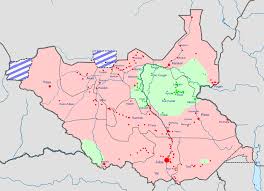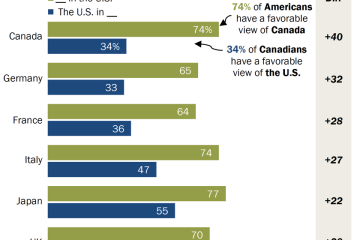Understanding the Sudan vs South Sudan Conflict

Introduction
The conflict between Sudan and South Sudan remains one of the most significant geopolitical crises in the Horn of Africa. Emerging from a long history of civil strife, the separation of South Sudan from Sudan in 2011 sparked hopes for peace, but ongoing tensions and disputes over resources have complicated the relationship between the two nations. This article examines the current state of affairs, recent events, and their implications for the region.
The Historical Context
Sudan and South Sudan’s fraught relationship is rooted in decades of civil wars, ethnic tensions, and economic disparities. The Second Sudanese Civil War, which lasted from 1983 to 2005, claimed millions of lives and resulted in the Comprehensive Peace Agreement (CPA), officially ending the conflict and paving the way for South Sudan’s independence. Despite this, various factors, including border disputes and oil resource management, have fueled ongoing animosity.
Recent Developments
As of 2023, tensions have escalated again, exacerbated by conflict within Sudan itself, particularly after the military coup in October 2021, which unsettled the democratic transition in Sudan. Clashes between various factions have led to increased instability and displacement of civilians, with many fleeing to South Sudan. The deteriorating humanitarian situation on both sides of the border remains critical, with over 1.5 million refugees and asylum seekers moving between the two nations.
Efforts by regional organizations, including the Intergovernmental Authority on Development (IGAD) and support from the African Union, continue to push for dialogue and peaceful resolutions, but progress has been slow. In recent months, sporadic violence has erupted near disputed border areas, particularly in the Abyei region. Security incidents related to militia activities and cross-border skirmishes paint a dire picture of the current relationship.
International Response
The international community has called for restraint and dialogue, emphasizing the need for sustainable peace and development in both countries. Humanitarian aid is being provided to alleviate suffering, alongside peace-building initiatives aimed at forestry, agriculture, and education to foster cooperation between the two nations. However, the effectiveness of these interventions remains limited, as internal political dynamics and external pressures complicate the situation.
Conclusion
The situation between Sudan and South Sudan is nuanced and fraught with challenges. As both nations struggle with internal unrest and external pressures, the importance of a collaborative approach to resolving their differences becomes ever clearer. The fate of millions hangs in the balance, and the need for continued international engagement and support cannot be overstated. As new developments arise, the global community must remain vigilant, focusing on facilitating peace efforts that can lead to a more stable and united future for both countries.









